Japanese food is one of the most popular cuisines in the world. Among the many popular Japanese foods there are, ramen is one of the most highly acclaimed. There are actually various types of ramen, do you know them all? In this article, we not only introduce how ramen can be classified, but also introduce 14 Regional Ramen Types in Japan you should try!
Table of Contents
- What is Ramen?
- 3 Types of Ramen Classifications
- 14 Regional Ramen Types in Japan
- How to Order Ramen in Japan
What is Ramen?

ラーメン (Ramen) is a Japanese noodle dish that is inspired from the Chinese noodle dish called 拉麵 (lā miàn) that means “pulled noodles”, in reference to the method of making the noodles by stretching out the dough. In fact, the name of the dish itself, ラーメン (Ramen), is borrowed from 拉麵 (lā miàn) but read in Japanese Katakana. Alternatively, Ramen is also called 中華そば (Chuuka Soba) or “Chinese noodle” at some shops.
Is Ramen a Japanese or Chinese food?
There are differences in opinion on “whether Ramen is a Japanese or Chinese food” even among Japanese people. There are 2 schools of thought:
1. Ramen is Chinese
Ramen’s origins can be traced back to Yokohama Chinatown and is a dish created by Chinese living in Yokohama. Even its name itself is Chinese. Therefore, Ramen should be classified as Chinese food, or at the very least 中華 (Chuuka), aka “Japanese Chinese food”.
2. Ramen is Japanese
Ramen has evolved to become completely different from the Chinese noodle dish 拉麵 (lā miàn) that it should be considered a type of Japanese food, aka 和食 (Washoku). Additionally, there are many unique ramen recipes born in different regions in Japan called ご当地ラーメン (Gotouchi Ra-men), aka “Regional Ramen”, that have become each places’ local delicacy, clearly distinguishing them from the Chinese noodle dish.
Whether Ramen is a Japanese or Chinese dish is, at the moment, up to perspective. However, there is no doubt that Japanese Ramen originated in Japan.
3 Types of Ramen Classifications
There are many different types of Ramen, and there are 3 main ways to classify them:
- Ramen Type by Serving Form : the broadest category to classify ramen
- Ramen Type by Soup Base : classification based on what type or flavour of soup is used
- Regional Ramen Types : classification based on regional variations of ramen, as in a specific recipe or arrangement unique to the ramen born from a particular area in Japan
Below, we will go into the specifics of each category.
Ramen Type by Serving Form
The broadest category to classify ramen is by how it is served. There are actually 3 methods of serving ramen - in soup, with soup, and dry.
1. ラーメン (Ra-men)
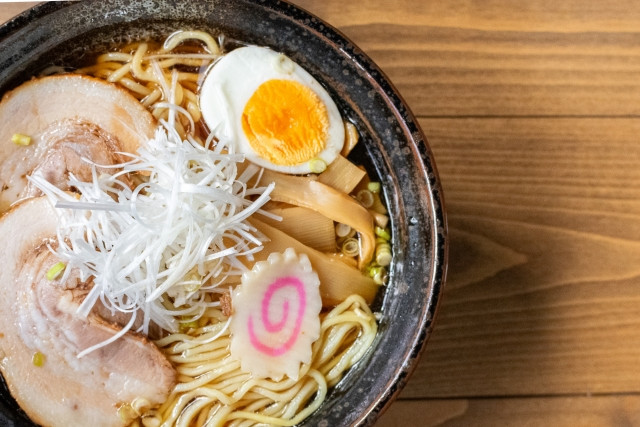
Ramen is the most well-known form. Ramen consists of ramen noodles served in a bowl of flavourful broth and topped with various toppings like char siu, sliced green onions, ajitama (marinated egg), bamboo shoots, etc.
2. つけ麵 (Tsukemen)
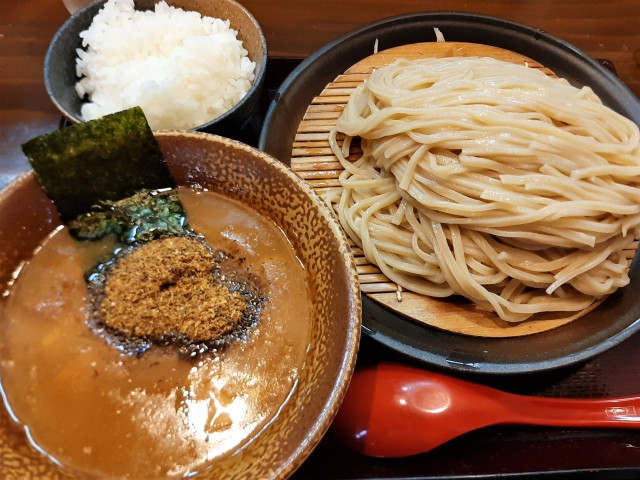
Tsukemen is also a popular Japanese dish that many people do not know is actually a summer-version of ramen. For Tsukemen, the broth which is thicker than regular ramen broth is served separately from the ramen noodles. It is eaten by dipping and coating the noodles in the broth, and slurping it up. Many ramen shops offer tsukemen, and vice versa.
3. 油そば (Abura Soba)
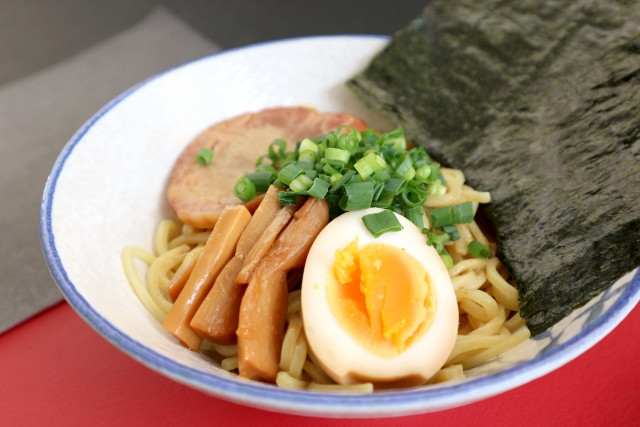
Abura Soba is actually dry-style ramen served with no soup. Ramen noodles are mixed with a soy sauce based sauce and oil, such as pork oil or sesame oil. Toppings are usually a raw egg yolk, char siu slices, seaweed strips, and chopped green onions. Vinegar or chilli oil can be added to taste. All the ingredients are mixed up together before eaten.
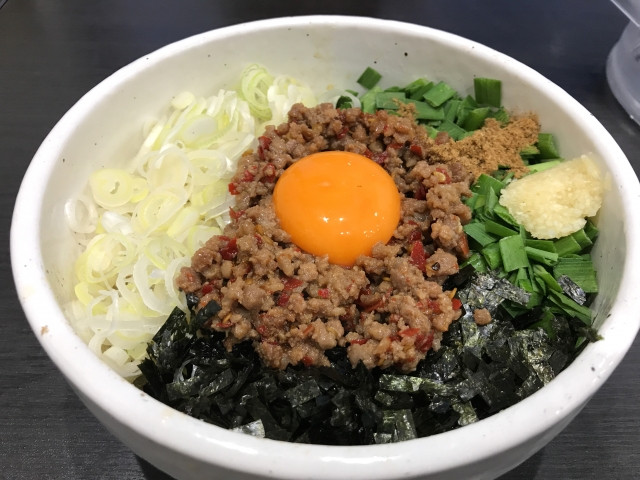
A type of Abura Soba dish is まぜそば (Maze Soba), also known as Taiwanese Maze Soba, that originated not from Taiwan but from Nagoya in Aichi Prefecture. Maze Soba contains additional ingredients from typical Abura Soba, like Taiwanese minced meat and minced garlic. It is considered its own class of noodle dish separate from Abura Soba.
Ramen Type by Soup Base
Another simple way to classify ramen type is by the flavour of its soup, of which there are 6 types.
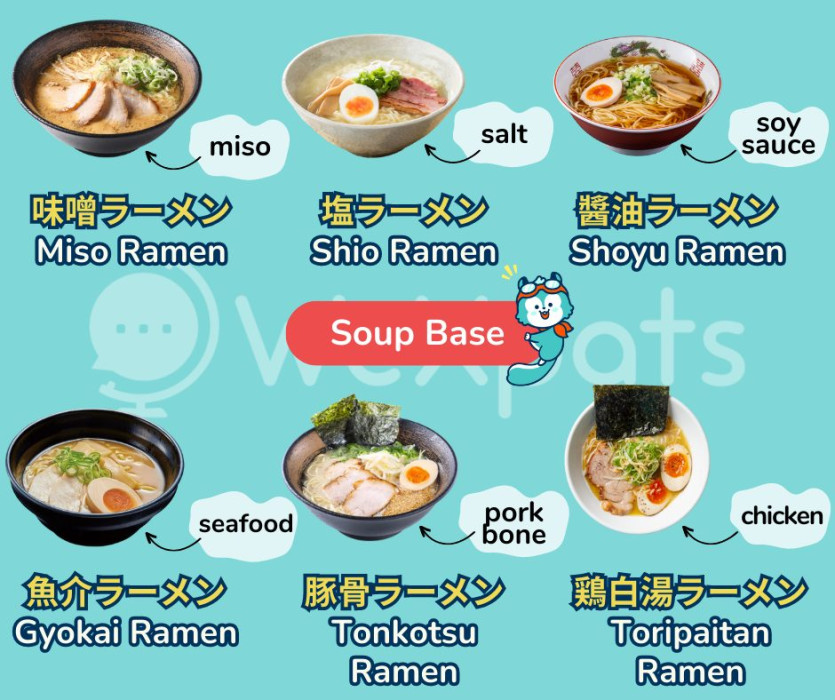
|
味噌 |
Miso |
Miso |
|
塩 |
Shio |
Salt |
|
醬油 |
Shouyu |
Soy Sauce |
|
魚介 |
Gyokai |
Seafood |
|
豚骨 |
Tonkotsu |
Pork Bones |
|
鶏白湯 |
Toripaitan |
Chicken |
Regional Ramen Types in Japan
The third way of classifying ramen is by region or place. Regional ramen, called ご当地ラーメン (Gotouchi Ra-men), are unique with their own styles. This may be a difference in noodles used, unique soup recipes, specific topping arrangements, or a combination of everything.
Below we introduce 14 Regional Ramen Types in Japan you should try.
14 Regional Ramen Types in Japan
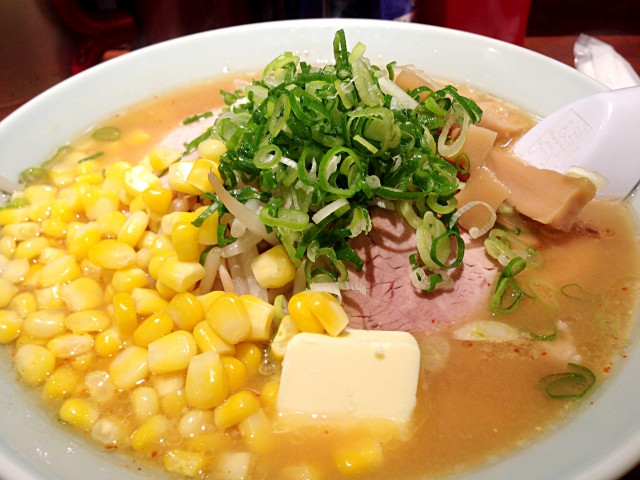
1. [Hokkaido] Sapporo Ramen, Asahikawa Ramen, Hakodate Ramen
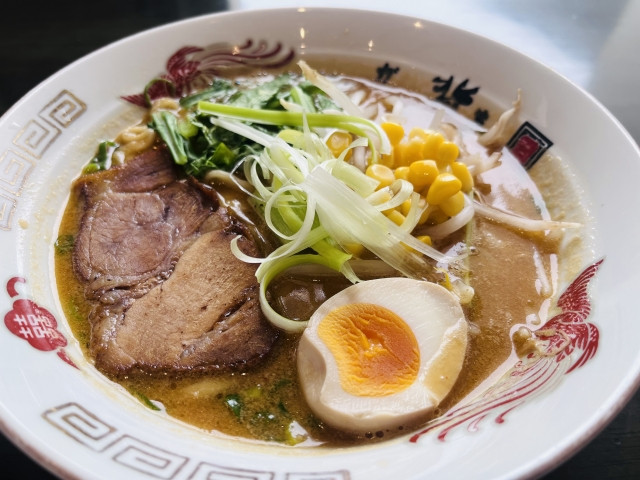
Hokkaido has 3 famous regional ramen, each with a different soup base.
-
札幌ラーメン (Sapporo Ramen) from Sapporo City is a miso soup base ramen with medium thick noodles. The secret to Sapporo Ramen’s deliciousness is its chewy curly noodles only made possible by underground-sourced water in Sapporo. It is one of the most popular regional ramen in Japan, hailed as one of Japan’s Three Great Ramen (日本三大ラーメン / Nihon San Dai Ra-men) alongside Hakata Ramen and Kitakata Ramen.
-
旭川ラーメン (Asahikawa Ramen) from Asahikawa City is a shoyu (soy sauce) base ramen with medium thin wavy noodles. The broth is a combination of tonkotsu, seafood and soy sauce. It is quite oily with a layer of oil spread on the surface. This is a trick used in cold regions to keep the dish from getting cold too fast.
-
函館ラーメン (Hakodate Ramen) from Hakodate City is a salt base dramen with medium thin and straight noodles. Hakodate Ramen is healthy compared to many oily and rich ramen suited to the cold region. It has little oil content with a clear delicate soup that leaves diners feeling refreshed and leaves a light aftertaste.
2. [Kanagawa] Yokohama Iekei Ramen (横浜家系ラーメン)

Yokohama Iekei Ramen, also known as Yokohama Ramen or Iekei Ramen, from Yokohama City is a tonkotsu (pork bone) and soy sauce base ramen with thick straight noodles. Its thick and rich broth is extremely flavourful. After finishing the noodles, the remaining soup can be finished with rice - many Yokohama Ramen restaurants offer the first bowl of rice for free. Yokohama Ramen usually have spinach as a topping.
3. [Fukushima] Kitakata Ramen (喜多方ラーメン)
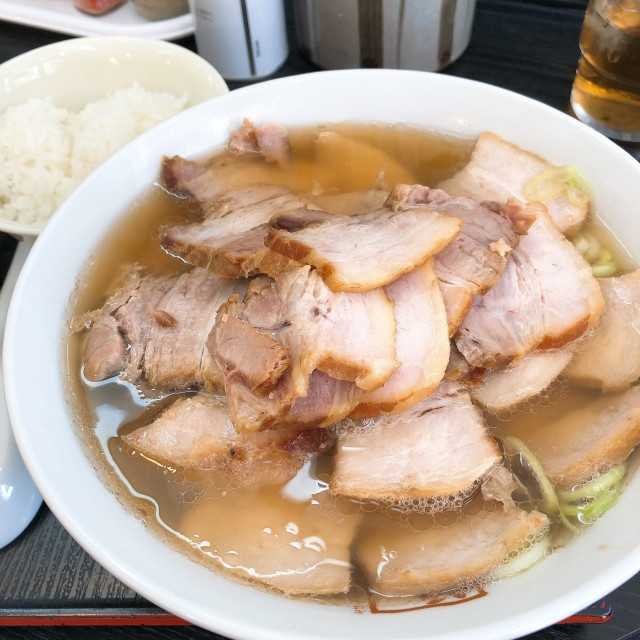
Kitakata Ramen from Kitakata City in Fukushima Prefecture is a shoyu (soy sauce) base ramen with flat, thick and curly noodles. Bamboo shoots and char siu as toppings are a must, other common toppings include naruto (fish cake) and spring onions. There are around 100 Kitakata Ramen shops in Kitakata City itself, and it seems that a custom of eating Kitakata Ramen for breakfast has taken root in the city. Kitakata Ramen is one of Japan’s Three Great Ramen (日本三大ラーメン / Nihon San Dai Ra-men) alongside Sapporo Ramen and Hakata Ramen.
4. [Tochigi] Sano Ramen (佐野らーめん)

Sano Ramen from Sano City in Tochigi Prefecture is a shoyu (soy sauce) base ramen, though some shops make other types of broth, with chewy and curly noodles. Unlike many ramen that can be quite heavy, Sano Ramen’s lightness means it can be enjoyed daily. The noodles are made with a unique method of rolling out the dough with a bamboo stick to give them a smooth texture.
5. [Toyama] Toyama Black Ramen (富山ブラックラーメン)
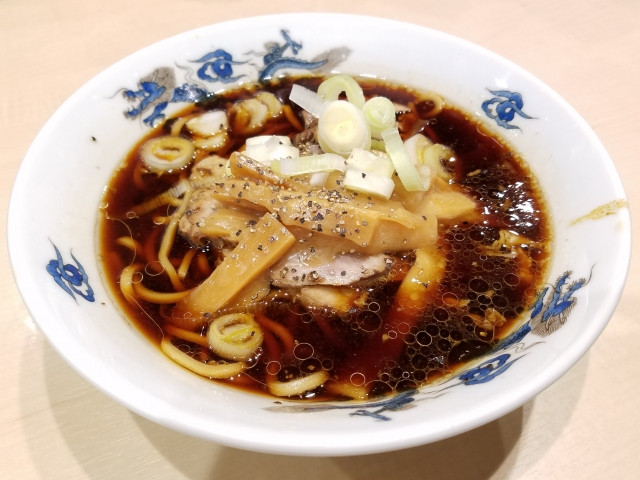
Toyama Black Ramen is a shoyu (soy sauce) base ramen with medium thick straight noodles. It packs quite a punch, both visually and taste-wise, with its black soup and saltiness. Toyama Black Ramen was first developed as a side dish to rice for physical labourers to replenish energy and salt content. The salty soup pairs excellently with rice, making it addictive and hard to stop. The saltiness varies from store to store.
6. [Tottori] Gyuukotsu Ramen (牛骨ラーメン)
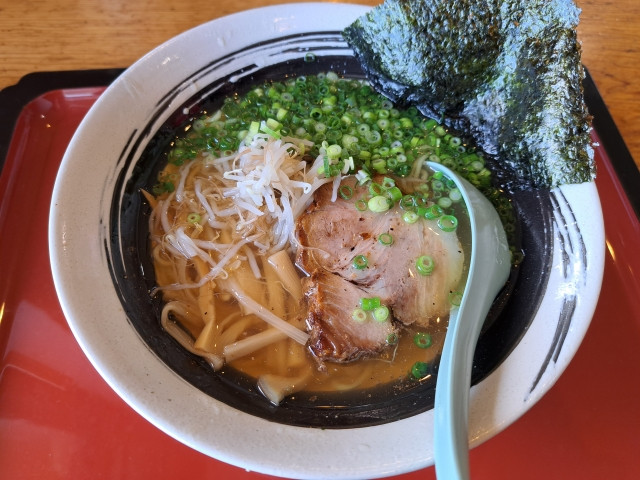
Gyuukotsu Ramen, aka “Beef Bone Ramen”, from Tottori is a beef bone base ramen with medium thick curly noodles. Even in Japan, beef bone broth is rare, which adds to the uniqueness of this regional ramen. Depending on the store, the beef bone broth may be flavoured with shoyu (soy sauce) or salt.
7. [Aichi] Taiwan Ramen (台湾ラーメン)

Taiwan Ramen from Nagoya City is the counterpart to Taiwan Maze Soba (introduced above). It is a shoyu (soy sauce) base ramen with medium thick straight noodles. It packs a different punch from Toyama Black Ramen, Taiwan Ramen is super spicy (!!!) which is clear from the redness of the soup. Toppings include Taiwan minced meat, chives, bean sprouts, etc. stir-fried with chilli peppers. Minced garlic adds to its deliciousness.
8. [Wakayama] Wakayama Ramen (和歌山ラーメン)
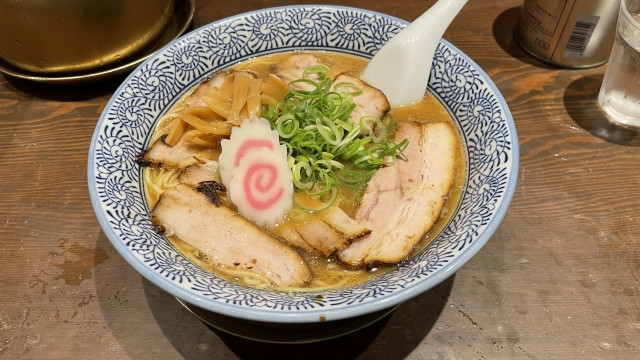
Wakayama Ramen is a popular regional ramen across Japan. There are 2 versions of Wakayama Ramen, one with shoyu (soy sauce) base soup, and another with shoyu (soy sauce) tonkotsu (pork bone) base soup. The former is said to be more refreshing with a dark coloured soup, while the latter is richer with a mellow taste. In Wakayama, the birthplace of Wakayama Ramen, it is eaten with 早寿司 (Hayazushi), which is pressed mackerel sushi.
9. [Fukuoka] Hakata Ramen, Kumamoto Ramen, Kurume Ramen
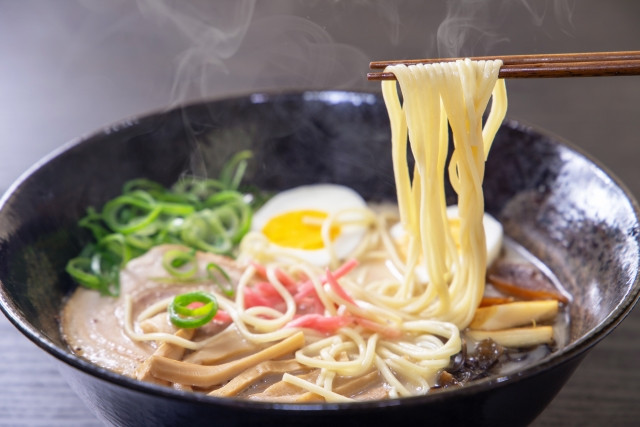
Just like Hokkaido, Fukuoka Prefecture is also famous for 3 of its regional ramens.
-
博多ラーメン (Hakata Ramen) from Hakata City is the most famous of Fukuoka’s regional ramens. It is a tonkotsu (pork bone) base ramen with thin straight noodles. You can specify the hardness of the noodles when ordering. Hakata Ramen is one of Japan’s Three Great Ramen (日本三大ラーメン / Nihon San Dai Ra-men) alongside Sapporo Ramen and Kitakata Ramen.
-
熊本ラーメン (Kumamoto Ramen) from Kumamoto City is a ramen with a blend of tonkotsu (pork bone) and toripaitan (chicken bone) broth with medium thick straight noodles. The addition of garlic oil (マー油 Ma-yu) and fried garlic adds a flavourful accent to the dish, and gives it a creamy finish. It is highly recommended for garlic lovers.
-
久留米ラーメン (Kurume Ramen) is another regional ramen representative of Fukouka. It is a tonkotsu (pork bone) ramen with medium thick straight noodles. Kurume City, where Kurume Ramen is from, is the birthplace of tonkotsu ramen. At some Kurume Ramen restaurants, fresh soup is constantly added to the old broth which makes the flavours richer and more concentrated, a form of “perpetual broth”.
10. [Kagoshima] Maguro Ramen (マグロラーメン)
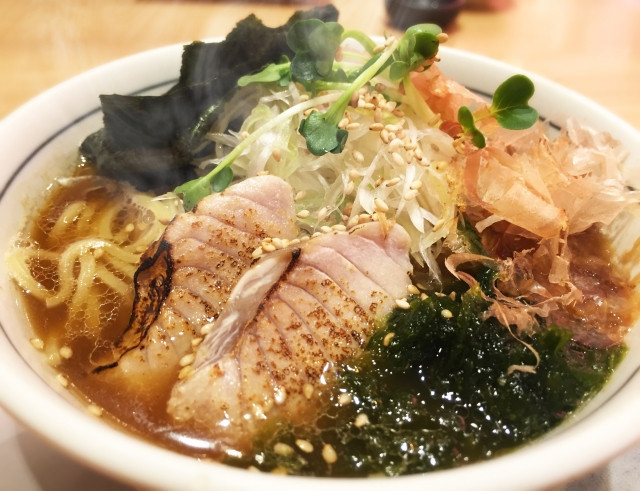
Maguro Ramen from Ichikikushikino City in Kagoshima Prefecture is seafood broth ramen with medium thick curly noodles. Kagoshima is famous for its deep-sea tuna fishing, and so the seafood broth is made by boiling tuna fish head. The topping for the ramen is pickled tuna. For it to be considered Maguro Ramen, aka Tuna Ramen, 3 conditions must be met - (1) using tuna fish head for the soup, (2) using the special curly noodles made for Maguro Ramen, and (3) using tuna as toppings.
To Close : How to Order Ramen in Japan
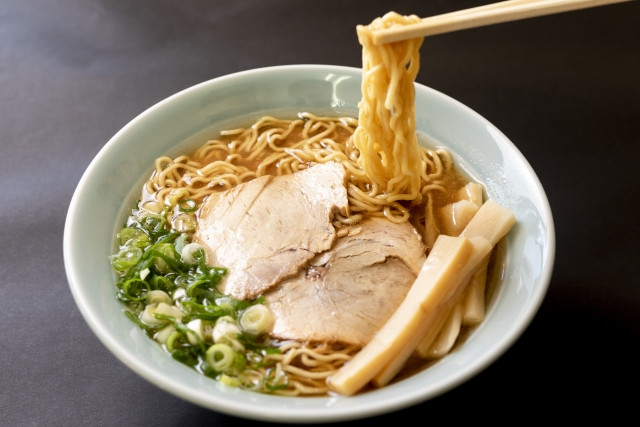
Are you intrigued by the different types of ramen in Japan there are? Perhaps you’re on your way to have some now after reading this article?! In that case, do you know how to order ramen in Japan? Here’s a quick lesson.

Many, if not all, ramen shops in Japan use ticket vending machines. Though some ramen shop ticket vending machines in major cities accept transport IC card payments, most of them only accept cash so be prepared. After inserting cash in the machine, select what you want and the machine will issue a ticket. Hand in your ticket to order and wait for your ramen to be served. Enjoy!



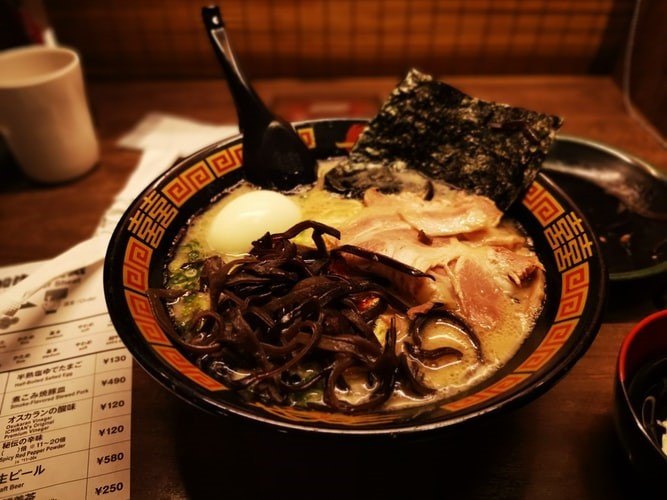




.jpg)








.jpg)













